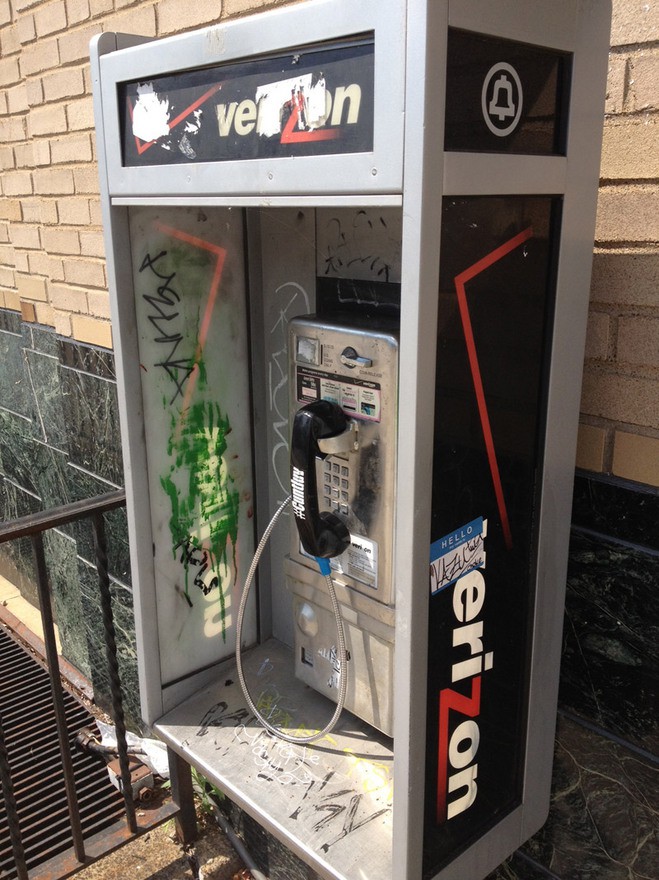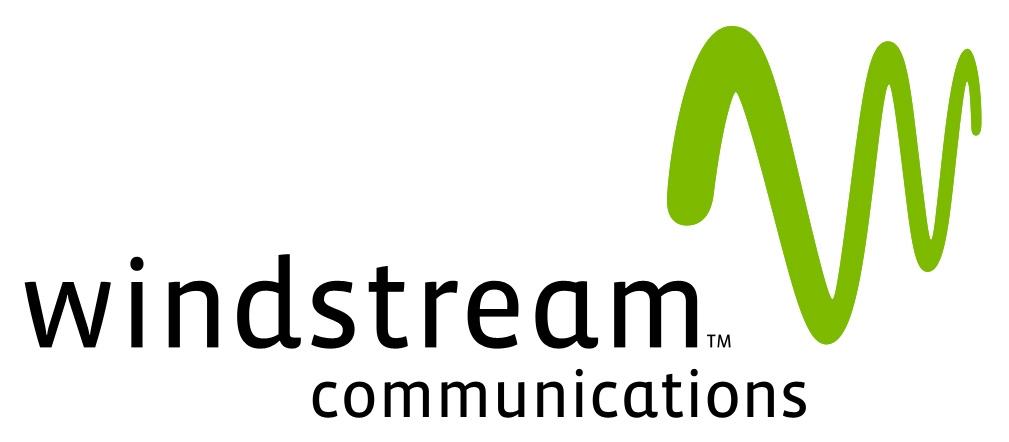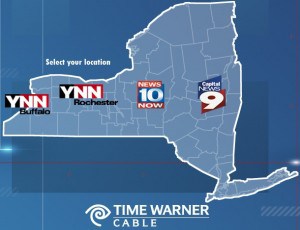 Country Cablevision, a small cable operator providing service in the heart of the Blue Ridge Mountains in rural northwestern North Carolina, will deploy fiber to the home service to Mitchell and Yancey counties, home to more than 33,000 people, thanks to $25.3 million (75% grant/25% loan) from the U.S. Department of Agriculture’s Rural Utilities Service.
Country Cablevision, a small cable operator providing service in the heart of the Blue Ridge Mountains in rural northwestern North Carolina, will deploy fiber to the home service to Mitchell and Yancey counties, home to more than 33,000 people, thanks to $25.3 million (75% grant/25% loan) from the U.S. Department of Agriculture’s Rural Utilities Service.
The money is intended to fund broadband expansion in areas currently not served by the cable operator. When the project is complete in 2013, 97% of all homes in both counties will have access to the fiber network. Faster Internet speeds and competitive phone service will also be available to area businesses, and medical facilities in both counties will enjoy improved high speed connectivity.
Country Cablevision is one of the first cable operators in the country choosing to upgrade to an all-fiber network instead of extending its current, traditional cable infrastructure into currently unwired areas.
Modern utilities came to rural America through some of the most successful government initiatives in American history, carried out through the United States Department of Agriculture (USDA) working with rural cooperatives, nonprofit associations, public bodies, and for-profit utilities. Today, USDA Rural Development Utilities Programs carries on this tradition helping rural utilities expand and keep their technology up to date, helping establish new and vital services such as distance learning and telemedicine.


 Subscribe
Subscribe




